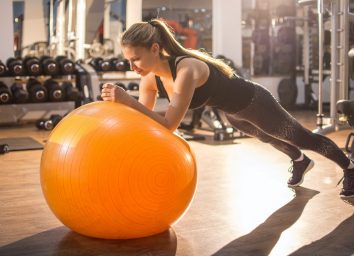This One Exercise Move Slows Down Aging, Claims Fitness Coach
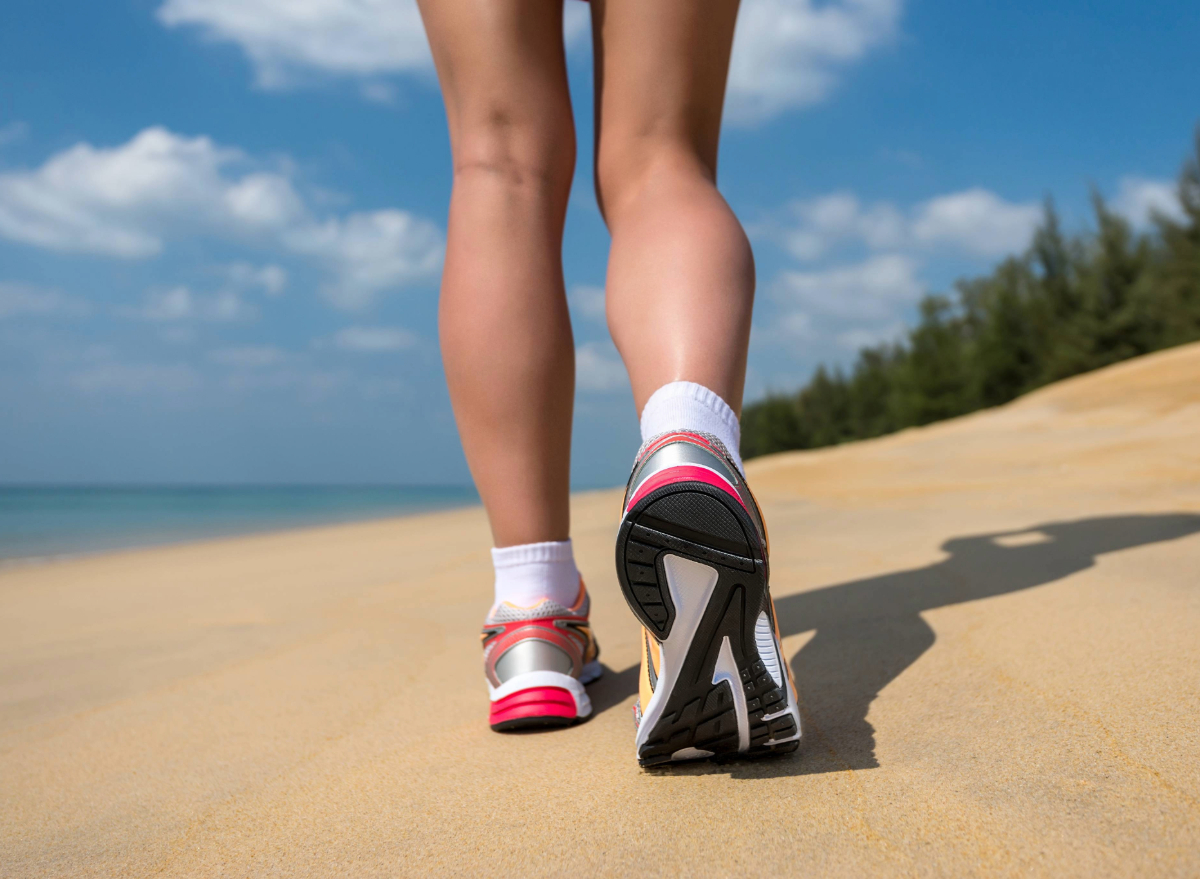
It’s easy to see why the handstand is usually lumped into the category of “exercises normal people rarely do.” It appears so high effort, so low reward—and it definitely doesn’t look like it’ll make you break a worthwhile sweat. If anything, it looks as though you’ll break a limb. But those who practice yoga or perform the move regularly will tell you that handstands come with a range of healthy benefits for both your mind and your body.
According to Steve Pilot, a fitness coach, NASM-certified trainer, and perhaps the most visible proponent of practicing handstands you’ll encounter online, inverting yourself does a lot for your body and even your lifespan. “Handstands boost the immune system, improve skin, relax the nervous system, and slow the aging process,” Pilot said in a recent interview. What’s more, he says, “Handstands create a strong mindset, improve consistency and determination—you really have to work hard to have improvement and there is no way to cheat or sneak around their development.”
Now, we at ETNT Mind+Body couldn’t find backing scientific evidence that supports his claim that handstands slow aging, but there is some evidence suggesting that performing handstands comes with a range of benefits. Here are a few right here. And for more great exercise advice, don’t miss The One Type of Walking You Need to Be Doing More Often, Say Experts.
You’ll Build Upper Body and Core Strength
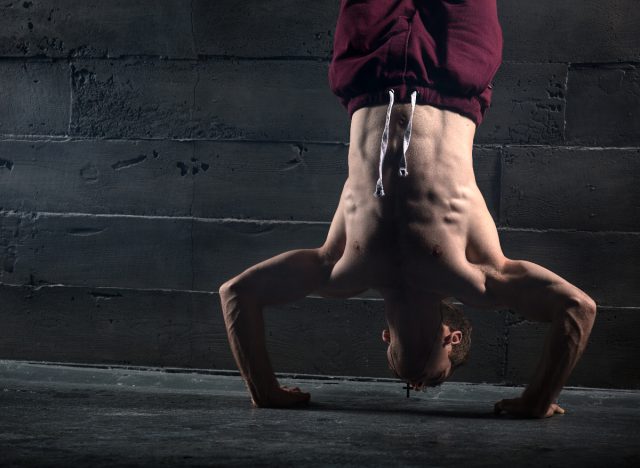
Here’s one thing we know for sure: Fighting gravity is a lot hard when you’re doing it upside-down. “In order to stay upside down for any length of time, you’ll need a massive amount of shoulder, arm, and upper back strength,” writes Krista Stryker, NSCA-CPT. “In fact, it’s not uncommon for beginners to start shaking after just a few seconds of holding a handstand.”
The move doesn’t just target your upper body, however. It tests your core, as well. “Since staying upside-down forces you to stabilize your muscles, you’re constantly working your abs, as well as other key muscle groups such as your hip flexors, hamstrings, inner thigh muscles, obliques and lower back while in a handstand,” says Stryker. “Training handstands every day will get you a well-balanced, super strong core.”
Yoga Experts That You’ll Be Less Stressed
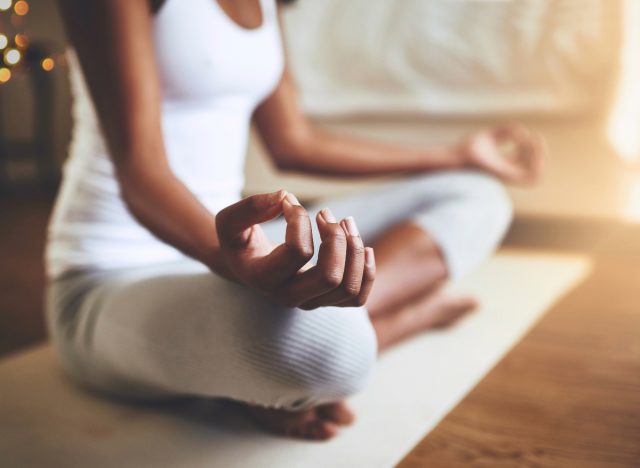
According to many leading yoga instructors, doing handstands more regularly will elevate your mood and reduce your stress. “Handstands can make you feel happier and more energetic due to the increased blood flow to the brain, and has the secondary effect of making you feel calm,” writes the Yoga Society. “This is especially true at stressful times. The stress hormone, cortisol, is reduced when you handstand. Handstands have also been linked to relief of stress and mild depression.”
You’ll Have Stronger Bones and Better Circulation
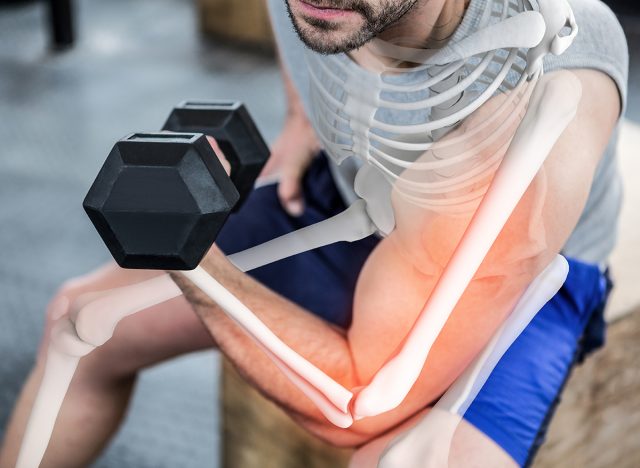
Given that handstands are by definition a strength-training, they will help strengthen your bones. It’s simply a fact that as you age, the calcium from your bones is reabsorbed into your bloodstream, which causes you to lose bone mass. One of the key ways to prevent this bone loss is exercising.
Also, the act of being upside down will help your circulation, say proponents of yoga. “Being upside down will relieve the pressure on your feet and legs and stretch your diaphragm. This will cause more blood to flow to your lungs, improving your breathing and overall circulation,” says The Yoga Society. And for more great exercise tips, check out these Secret Little Tricks for Walking More Every Day, According to Experts.


